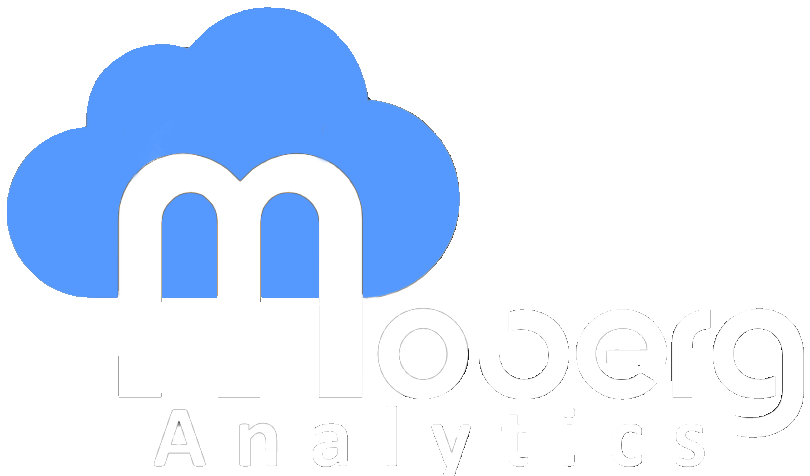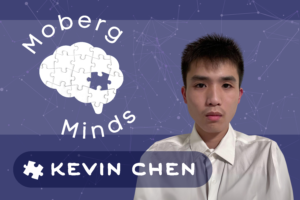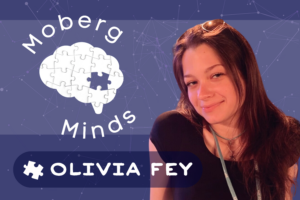From a Not-So Automated Industry to a Powerful Neurocritical Care AI Ecosystem

It is well known that disruptive technology can shake an industry; AI is making headway to do this across many highly specialized fields. This past month, OpenAI released their latest AI model, Sora, which can create realistic and imaginative scenes from text. Also, this past week, an AI start-up out of New York and the San Francisco Bay Area called Cognition Labs released Devin, the first AI software engineer. Both of these AI tools have serious implications for highly technical disciplines such as film, visual effects, and software engineering. Will we see a resurgence of Luddites in these fields, or will these changes be met with reluctant acceptance? Only time will tell.
Until then, our team is most concerned with how to most safely deploy AI tools in our area of medicine, neurocritical care. No, we are not hiring an army of Devins to replace our current carbon-based workforce. What we are doing is thinking about the deployment strategies for when these tools have been safely validated by the FDA or another accredited body. So far, neurointensivists have yet to realize the power of AI in their day-to-day work (unless they have ChatGPT up on their phones during rounds). Organizations like the FDA provide barriers to deploying technology in clinical use for good reason.
We are working with some of our partners in the field to strategize our response to this AI boom. We envision a Neurocritical Care AI Ecosystem that can learn from each patient to improve the care of the next one seen in the neuro ICU. Algorithms that have been validated in a research setting or clinical trial can be safely deployed in this ecosystem for further validation. And, patient data can be safely and securely connected via a federated network to help train models across the world. This is the future. And the future is now.






